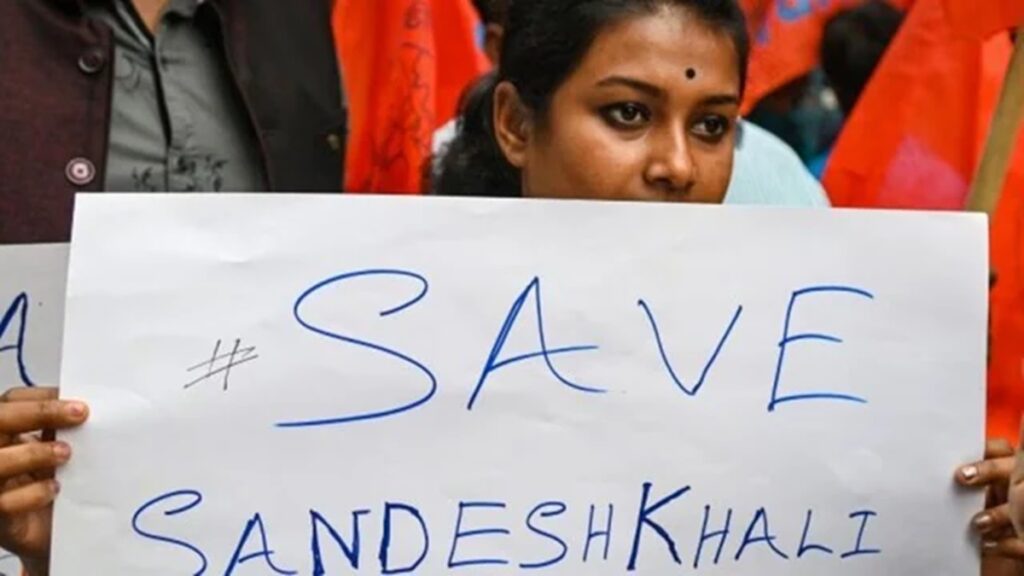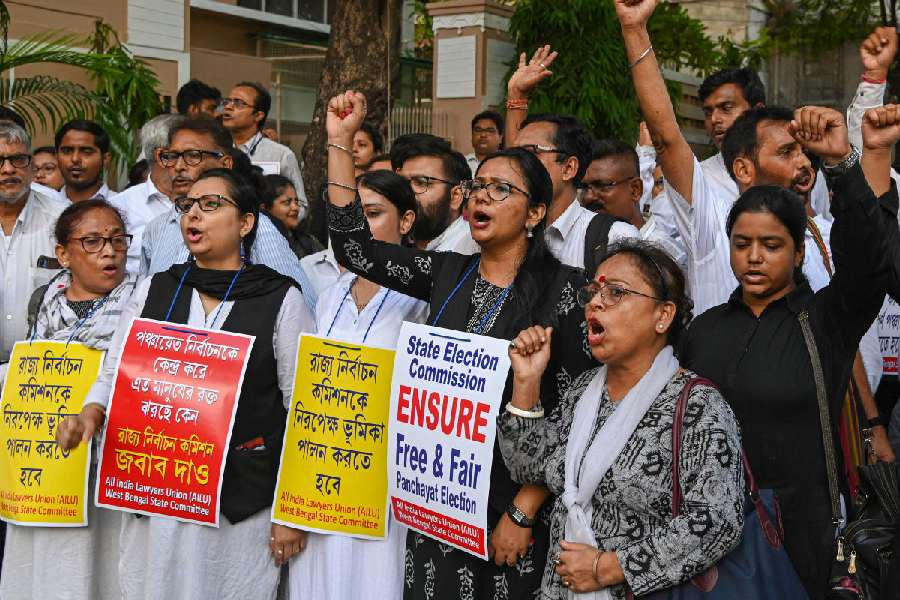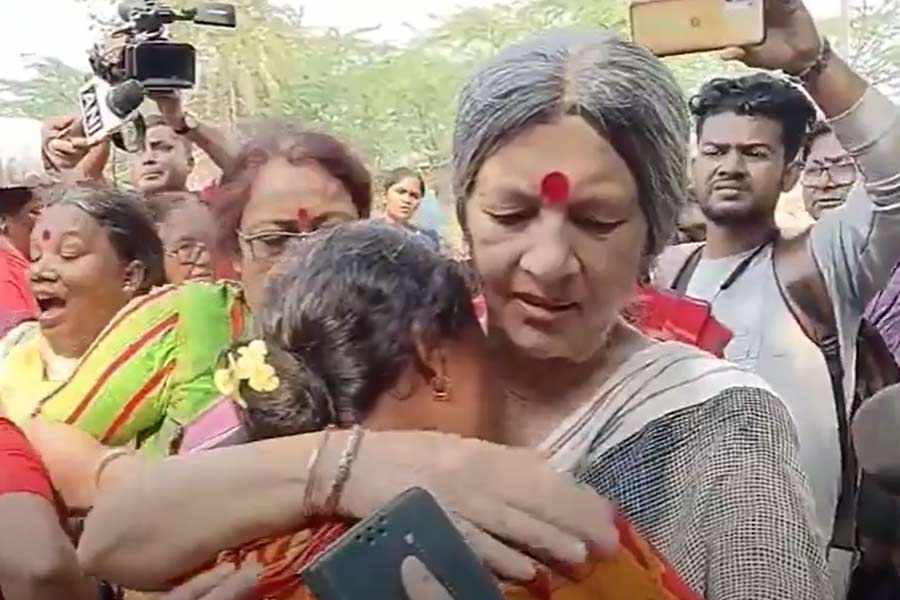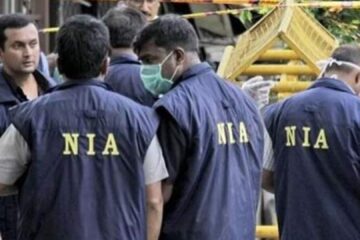
Calcutta High Court’s Scathing Critique : The recent pronouncement by the Calcutta High Court, rebuking the Bengal government over its management of the Sandeshkhali incident. It has sparked considerable debate and introspection. This critique comes at a time when the spotlight is firmly fixed on governance, accountability, and the protection of fundamental rights. In this comprehensive analysis, we delve into the nuances of the Sandeshkhali incident. The High Court’s critique, and its implications on the state’s administration.
Understanding the Sandeshkhali Incident:
Sandeshkhali, a region in the North 24 Parganas district of West Bengal, found itself at the epicenter of controversy following a series of events that unfolded with grave consequences. Reports emerged of violence, unrest, and allegations of human rights violations in the area. The incident, marked by its complexity and sensitivity, drew widespread attention from both local and national media.
Challenges Faced by the Bengal Government:
As the governing body responsible for ensuring peace, order, and the protection of citizens’ rights. The Bengal government faced immense pressure to address the situation in Sandeshkhali effectively. However, criticisms emerged regarding the government’s response, with allegations of delayed action. With allegations of delayed inadequate intervention, and failure to uphold law and order.
The High Court’s Critique:
Against this backdrop of escalating tensions and public outcry. The Calcutta High Court delivered a scathing critique of the Bengal government’s handling of the Sandeshkhali incident. The judiciary’s intervention served as a crucial moment of reckoning, questioning the government’s commitment to upholding the rule of law. And safeguarding the rights of its citizens.
Key Points of Criticism:
Calcutta High Court’s Scathing Critique highlighted several key areas of concern:
- Delayed Response: The judiciary expressed dissatisfaction over the perceived delay in the government’s response to the escalating situation in Sandeshkhali. The failure to act swiftly raised questions about the government’s preparedness and capacity to address crises effectively.
- Allegations of Human Rights Violations: The court’s critique underscored the gravity of allegations surrounding human rights violations in Sandeshkhali. Even if only a fraction of these allegations were proven true. But the implication of such misconduct on the part of the authorities was deemed unacceptable.
- Accountability and Transparency: At the heart of the High Court’s critique lay the issue of accountability and transparency. The judiciary emphasized the need for thorough investigation, and accountability in addressing the grievances of affected communities.
Implications for Governance and Administration:
The Calcutta High Court’s critique carries significant implications for governance and administration in West Bengal. It serves as a wake-up call for the government, highlighting the urgent need for systemic reforms, improved crisis management protocols. A renewed commitment to upholding the rule of law. Even if only a fraction of these allegations were proven true. but the implication of such misconduct on the part of the authorities was deemed unacceptable.

It reaffirms the judiciary’s role as a guardian of constitutional principles and a bulwark against executive overreach.
In a significant development, the Calcutta High Court has strongly criticized the West Bengal government over the Sandeshkhali incident. The court’s remarks came amidst growing concerns regarding the handling of the situation in Sandeshkhali.
Such strong language underscores the gravity of the situation and raises questions about accountability and governance.
The incident in Sandeshkhali has sparked widespread outrage, with many expressing dismay over the handling of the matter by the authorities. The court’s remarks echo the sentiments of those who demand swift and transparent action in response to such incidents. It understand the importance of upholding accountability and transparency in governance.
As the situation continues to unfold, it remains imperative for all stakeholders to prioritize the welfare and safety of the affected communities. The High Court’s scrutiny underscores the need for thorough investigation and accountability at all levels. Even if only a fraction of these allegations were proven true. but the implication of such misconduct on the part of the authorities was deemed unacceptable.

Conclusion:
The Calcutta High Court’s critique of the Bengal government’s handling of the Sandeshkhali incident represents a pivotal moment in the state’s landscape. It underscores the imperative of accountability, transparency, and respect for fundamental rights in the exercise of state power. Moving forward, it is incumbent upon the government to heed the judiciary’s admonition, address the shortcomings highlighted. Reaffirm its commitment to upholding the principles of democracy and justice. The importance of addressed public concerns properly and effectively.

Bimal Mardi is a Professional Content Writer. He works in First Santal Broadcast Network TV/ News channel in India. Bimal Mardi writes about Technology, Education and Tech Product Reviews



